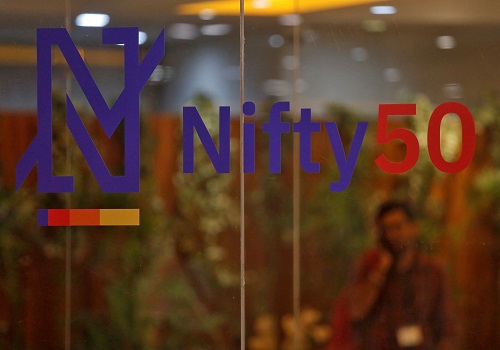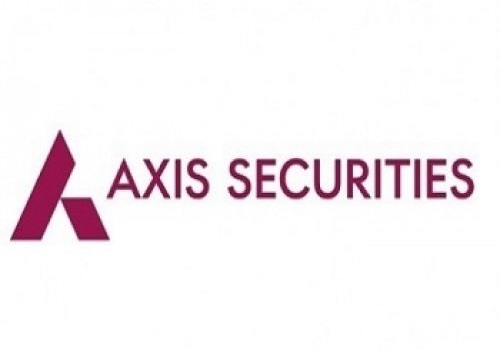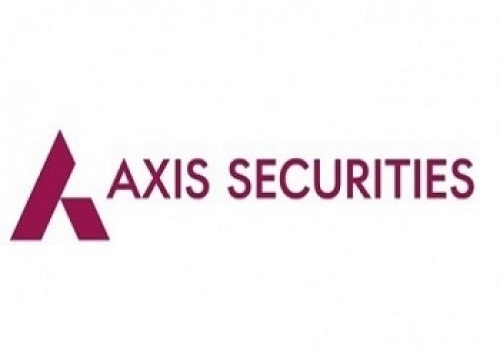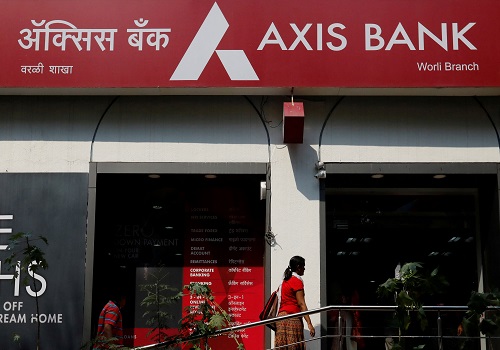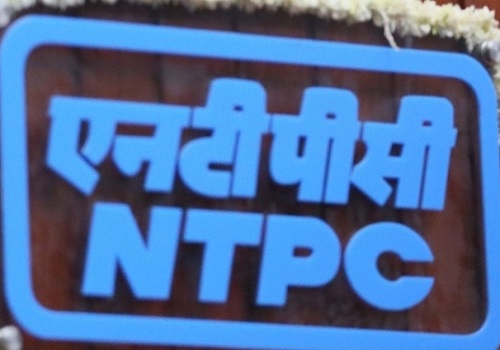PSU bank stocks best performers in trade while private sector banks down after RBI raises CRR provision
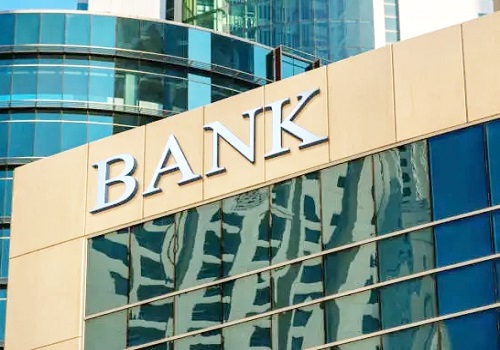
Follow us Now on Telegram ! Get daily 10 - 12 important updates on Business, Finance and Investment. Join our Telegram Channel
Public sector banks are up in trade but private sector banks are down following RBI's decision to hike CRR provision to curb liquidity.
Among private sector banks, Indusind Bank is top loser in Sensex, down 1.5 per cent. ICICI Bank, Axis Bank and HDFC Bank are also trading down.
On the other hand, PSU banks are flying. Indian Overseas Bank is up more than 11 per cent, Central Bank of India is up more than 7 per cent, UCO Bank is up more than 5 per cent, Punjab and Sind Bank is up 4.8 per cent, Bank of Maharashtra is up more than 3 per cent, Bank of India is up more than 3 per cent.
Nifty PSU Bank is the top gainer among sectoral indices on Friday, up by 1.96 per cent.
V K Vijayakumar, Chief Investment Strategist at Geojit Financial Services said RBI's decision to raise the CRR on bank's incremental NDTL between May 19 and July 28 to 10 per cent is negative for banks. This will raise their cost of funds impacting their profitability.
However, since banks are experiencing good credit growth and their NPAs are declining, they can easily absorb this marginal additional cost, he said.
The indication from the RBI is that a rate cut can be expected only in Q1 of FY 25. This will be a headwind for the market, says V K Vijayakumar, Chief Investment Strategist at Geojit Financial Services.
Madhavi Arora, Lead Economist, Emkay Global Financial Services said the immediate impact of RBI absorbing liquidity via ICRR will be mild hardening of money market rates for borrowers including NBFCs/corporates, while for banks as well there will be slight impact on their NIMs (3-4 bps) depending on the instruments where they were parking the money (assuming 14.5 per cent effective CRR).
That said, some banks (PSBs specifically) benefitted more than others from the liquidity glut due to Rs 2,000 notes withdrawal, while others toiled to get deposits by increasing rates, Arora said.
However, all the banks will have to maintain ICRR and thus could be construed as unfair to some banks who did not benefit much from the Rs 2,000 notes withdrawal (mainly PVBs).
As expected, RBI fired warning shots for Banks/NBFCs given the aggressive lending (unsecured loans) and they need to retain adequate provision buffers, Arora said.

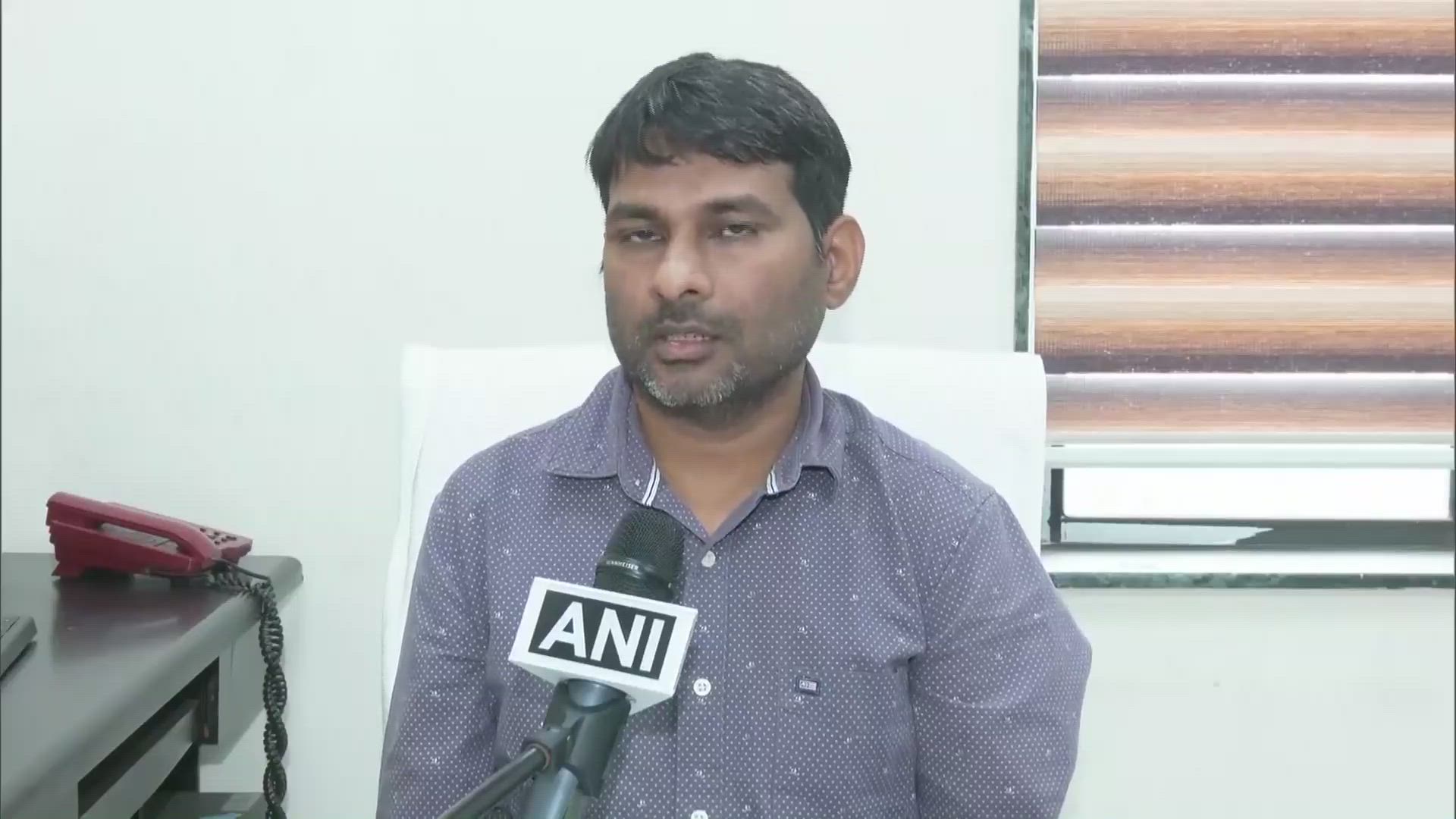




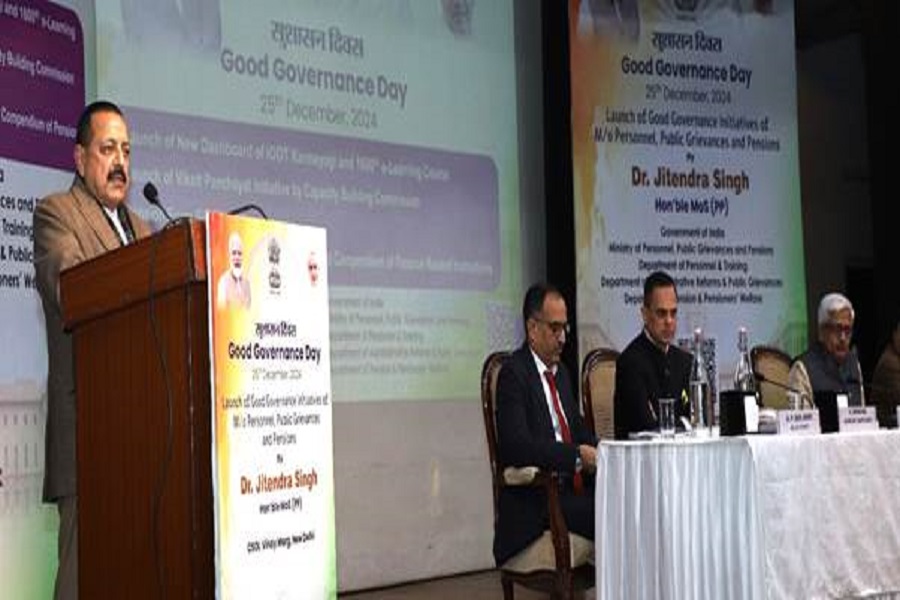





 320-x-100_uti_gold.jpg" alt="Advertisement">
320-x-100_uti_gold.jpg" alt="Advertisement">


